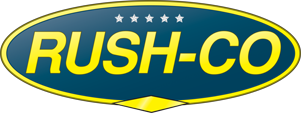The Ultimate Guide to Understanding How a Water Jet Head Transforms Industrial Cutting
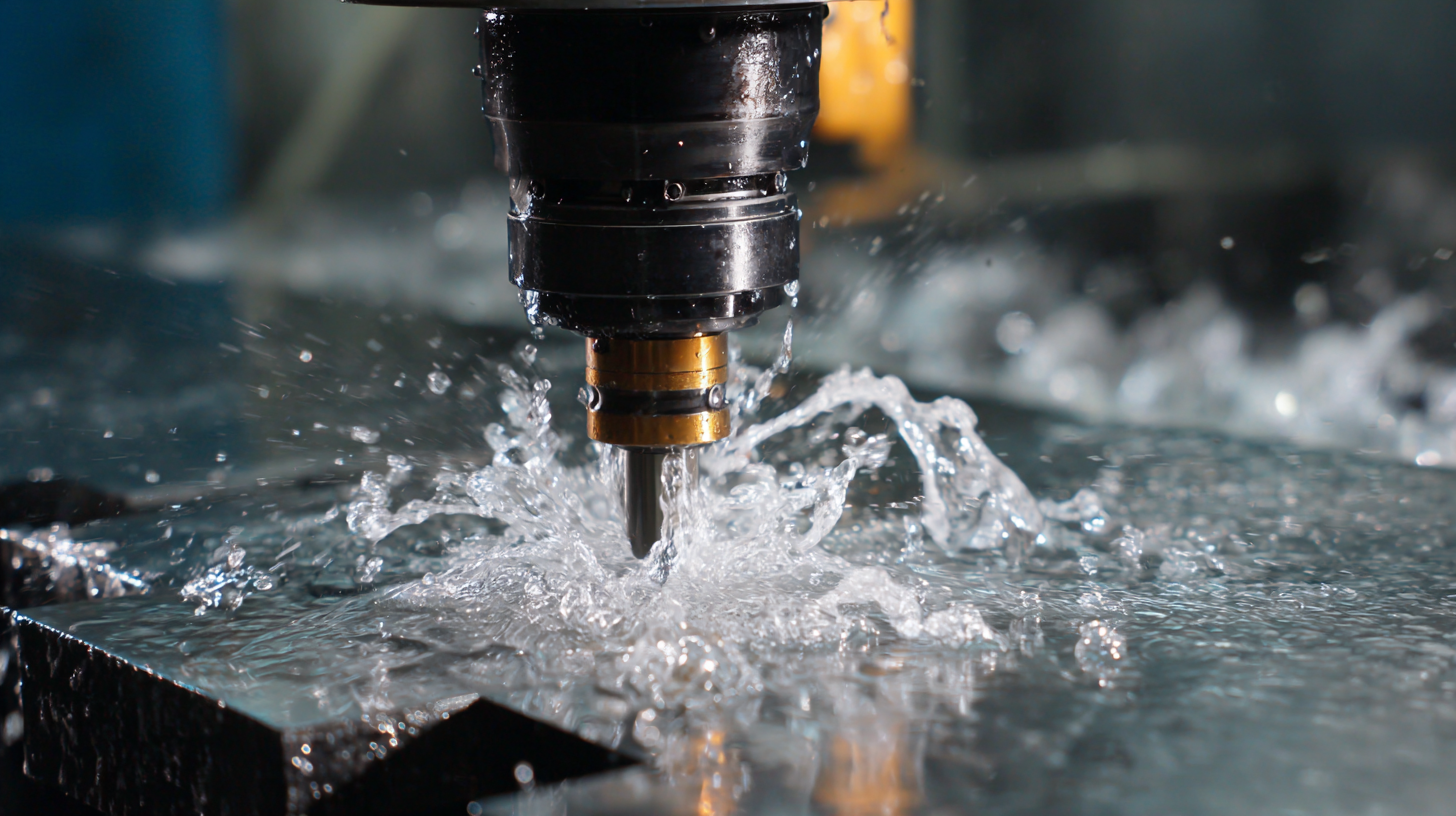 In the realm of industrial cutting, the "water jet head" has emerged as a transformative tool, enabling manufacturers to achieve unparalleled precision and versatility. According to a report by Grand View Research, the global water jet cutting market is projected to reach $2.85 billion by 2025, reflecting the increasing adoption of this technology across various sectors including automotive, aerospace, and metal fabrication.
Water jet cutting utilizes high-pressure streams of water, often mixed with abrasives, to slice through materials with minimal heat-affected zones, making it an ideal choice for delicate applications. The capability of a water jet head to operate without producing hazardous waste further aligns with today's sustainability mandates. This guide aims to provide a comprehensive understanding of how this innovative technology works, the benefits it offers, and its growing significance in modern manufacturing processes.
In the realm of industrial cutting, the "water jet head" has emerged as a transformative tool, enabling manufacturers to achieve unparalleled precision and versatility. According to a report by Grand View Research, the global water jet cutting market is projected to reach $2.85 billion by 2025, reflecting the increasing adoption of this technology across various sectors including automotive, aerospace, and metal fabrication.
Water jet cutting utilizes high-pressure streams of water, often mixed with abrasives, to slice through materials with minimal heat-affected zones, making it an ideal choice for delicate applications. The capability of a water jet head to operate without producing hazardous waste further aligns with today's sustainability mandates. This guide aims to provide a comprehensive understanding of how this innovative technology works, the benefits it offers, and its growing significance in modern manufacturing processes.
The Evolution of Water Jet Cutting Technology in Industrial Applications
The evolution of water jet cutting technology has significantly transformed industrial applications, unveiling a plethora of advantages that resonate across various sectors. Initially introduced in the 1930s, water jet cutting was primarily utilized for soft materials. However, advancements in pump technology and abrasive materials expanded its reach to hard materials like metals and ceramics. A report by MarketsandMarkets predicts that the global water jet cutting machine market will reach approximately $2.6 billion by 2026, driven by the growing demand for precision cutting in industries such as aerospace, automotive, and manufacturing.
In recent years, the integration of computer numerical control (CNC) and improved nozzle designs has refined water jet technology even further. According to a research study published by Grand View Research, the demand for water jet cutting is expected to grow at a CAGR of 6.5% from 2021 to 2028. This surge is attributed to its environmentally friendly nature and the ability to cut intricate designs without generating heat-affected zones, making it favorable for materials that are sensitive to high temperatures. As industries continue to prioritize sustainability and efficiency, water jet cutting is poised to play a pivotal role in the future of manufacturing.
Key Components of Water Jet Heads and Their Functionality
Water jet heads are critical components in advanced industrial cutting technology, utilizing high-pressure water streams to achieve precision cuts in various materials. At the core of a water jet head are essential components: the nozzle, garnet abrasive, and the intensifier pump. The nozzle is designed to focus the high-pressure water into a fine stream, enabling it to cut through materials with exceptional accuracy. The quality of the nozzle's design directly influences the efficiency and quality of the cut, making it a vital element in the overall operation.
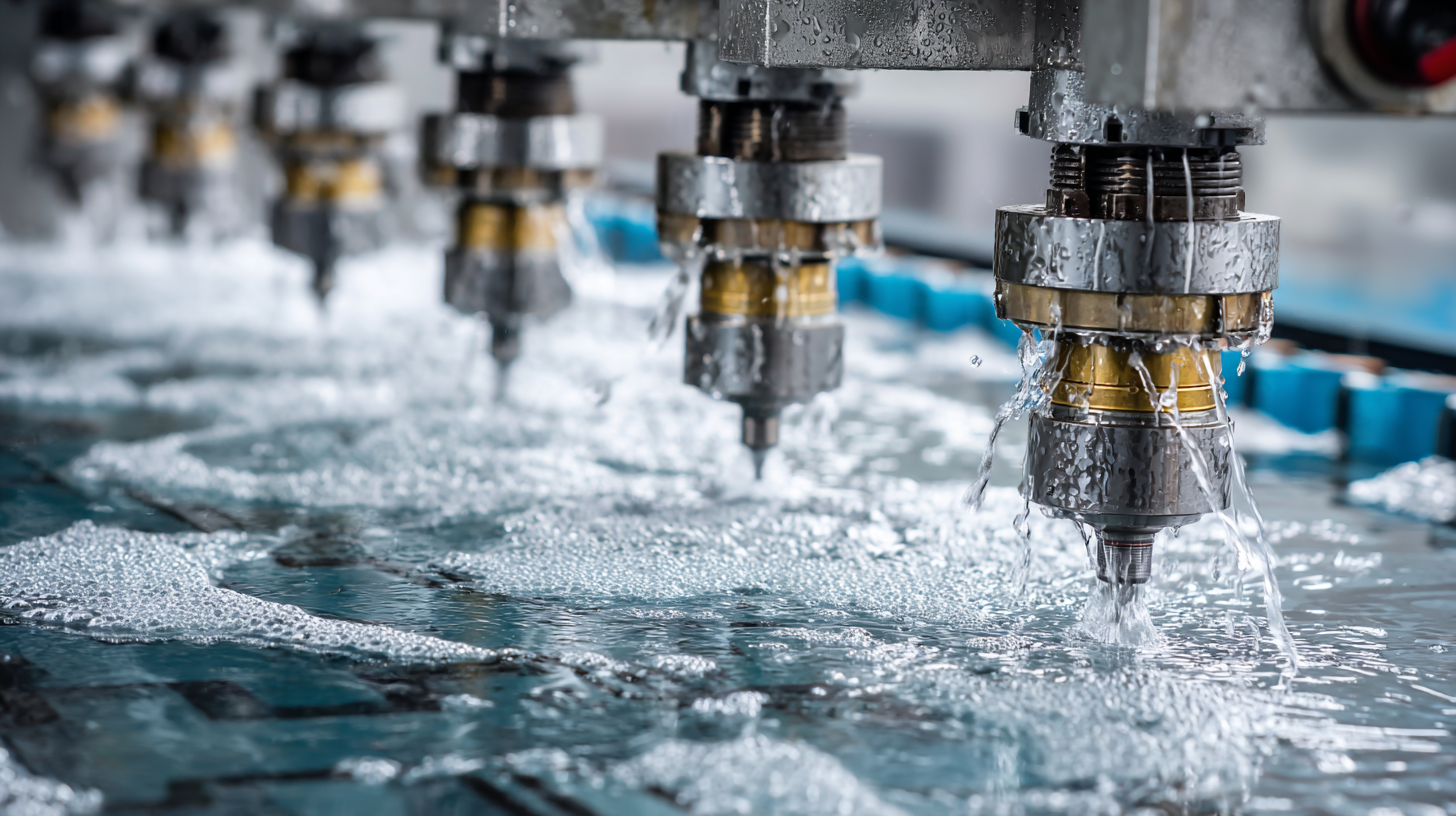
Another key component is the garnet abrasive, which is often mixed with water to enhance cutting capabilities. This mineral provides the necessary weight and hardness to effectively abrade materials, allowing for a broader range of applications beyond simple water cutting. Finally, the intensifier pump plays a crucial role by increasing water pressure to levels exceeding 60,000 psi, which is essential for delivering the cutting power required in industrial settings. Together, these components work harmoniously to ensure that water jet cutting remains one of the most versatile and effective methods in manufacturing processes.
Comparative Analysis: Water Jet Cutting vs. Traditional Cutting Methods
Water jet cutting has emerged as a revolutionary alternative to traditional cutting methods, such as laser or plasma cutting. One significant advantage is its ability to cut a wider variety of materials, including metals, ceramics, and composites, without inducing heat-affected zones. According to a report by IBISWorld, the global water jet cutting market is projected to reach $2.5 billion by 2026, driven by its precision and versatility in industrial applications. In contrast, traditional methods often face limitations in material compatibility and may cause warping due to heat.
Tips: When considering switching to water jet cutting, evaluate the type of materials you commonly work with and assess the potential for reducing waste. Water jet technology can significantly lower operational costs by minimizing the need for secondary processes, such as finishing or deburring, which are often necessary after traditional cutting methods.
Furthermore, water jet cutting systems generally offer higher precision, with tolerances as tight as ±0.005 inches. This level of accuracy translates into reduced production times, ultimately benefiting manufacturers' bottom lines. As specified in a Market Research Future report, the increasing demand for customization and intricate designs further highlights water jet cutting's superiority over its traditional counterparts, which may struggle to achieve similar results efficiently.
Innovations in Water Jet Head Design Enhancing Precision and Efficiency
In recent years, innovations in water jet head design have revolutionized the landscape of industrial cutting, enhancing precision and efficiency like never before. According to a report by MarketsandMarkets, the global waterjet cutting machine market is expected to grow from $1.5 billion in 2021 to $2.2 billion by 2026, showcasing the increasing reliance on this technology across various sectors. Enhanced nozzle designs, with diameters reduced to just 0.1 mm, have significantly improved cutting accuracy, enabling intricate patterns and fine details that were previously unattainable.
Besides nozzle advancements, the integration of intelligent control systems into water jet heads allows for real-time adjustments during the cutting process. This ensures optimal performance while minimizing material waste. A recent study indicated that firms utilizing advanced water jet technology reported a 30% increase in production efficiency. By continuously monitoring pressure and flow rates, these innovative systems can maintain consistent cutting conditions, ultimately leading to cost savings and reduced downtime.
**Tips:** When selecting a water jet head, consider investing in models with adjustable or customizable nozzles to accommodate various materials. Regular maintenance and calibration can further enhance cutting performance. Additionally, explore training options for operators to maximize the benefits of these advanced technologies, ensuring precise and efficient cutting outcomes.
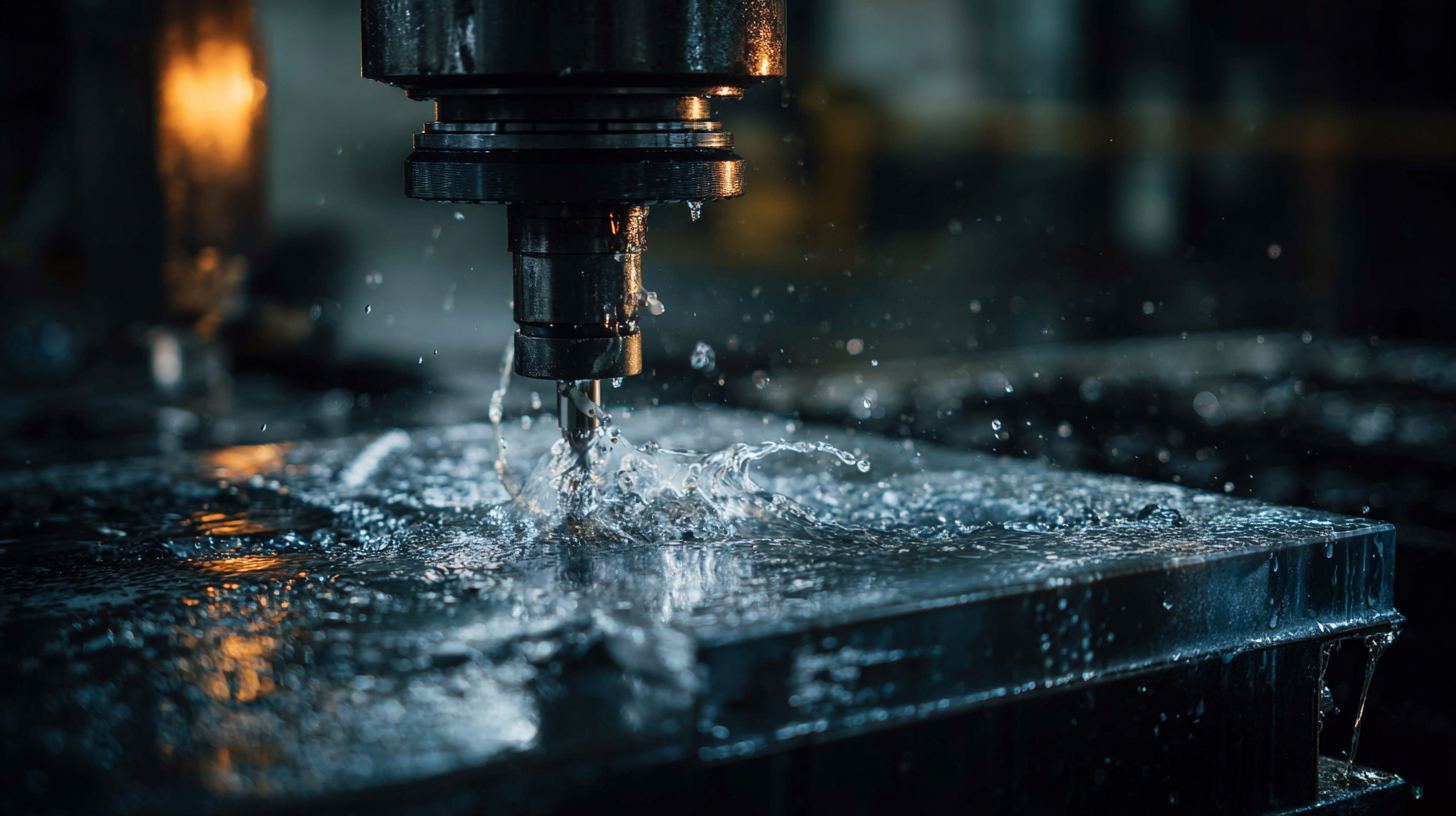
Real-World Applications: Industries Benefiting from Water Jet Cutting Technology
Water jet cutting technology has emerged as a transformative force across various industrial sectors, revolutionizing processes and enhancing efficiency. Industries such as aerospace, automotive, and metal fabrication heavily rely on the precision and versatility offered by water jet heads.
For instance, in aerospace, this technology enables intricate designs to be cut from hard materials with minimal waste, increasing overall productivity. Similarly, in metal fabrication, water jet cutting allows for the handling of thick materials while maintaining high-quality finishes, making it a preferred choice for manufacturers.
Tips for utilizing water jet cutting technology effectively include ensuring proper maintenance of cutting heads to prolong their lifespan and maintaining optimal pressure settings to achieve desired cut quality. Additionally, considering the material properties before the cutting process can help in selecting the appropriate nozzle and abrasive materials, further enhancing cutting efficiency.
Moreover, the integration of automation and AI in water jet cutting is shaping the future of industrial operations. Manufacturers can optimize their production lines by implementing automated systems that monitor and adjust parameters in real-time, thus improving both speed and accuracy. This synergy harnesses the potential of smart technology to drive innovation and competitiveness in various industries.
Related Posts
-
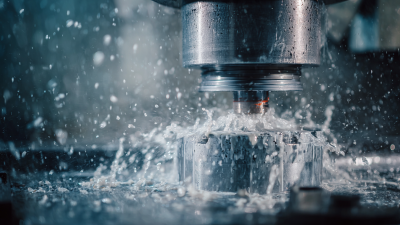
The Future of Cutting Technologies Exploring the Benefits of Water Jet Abrasive Systems
-
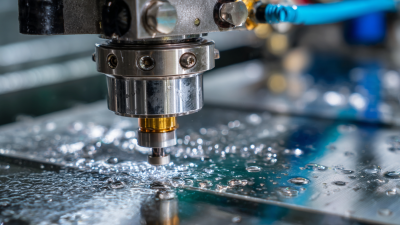
Unlocking Precision: How Water Jet Cutting Systems Revolutionize Metal Fabrication with 0.005-Inch Accuracy
-

Exploring the Benefits of Water Jet Cutting for Precision Stainless Steel Fabrication
-

The Future of Precision Manufacturing with Waterjet Cutting Technology in Utah
-
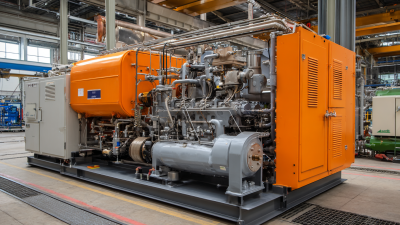
Understanding the Benefits of Water Jet Cutting Machines in Modern Manufacturing
-

The Ultimate Guide to Choosing the Right Disk Mower for Your Lawn Care Needs

